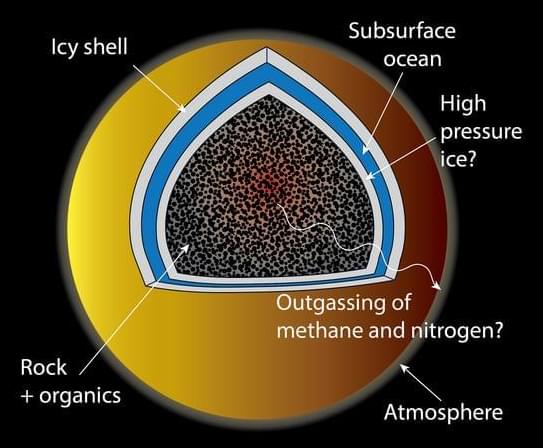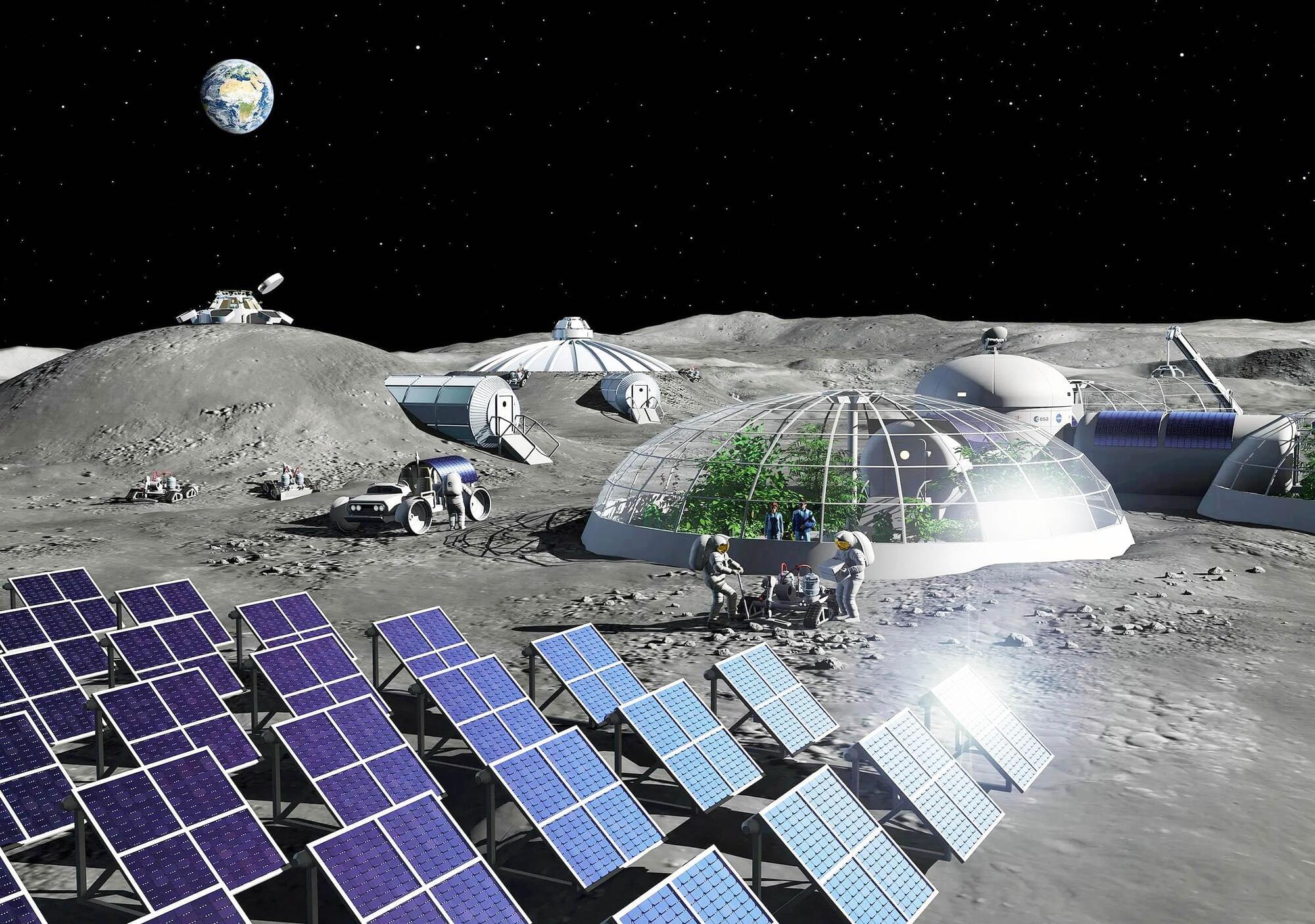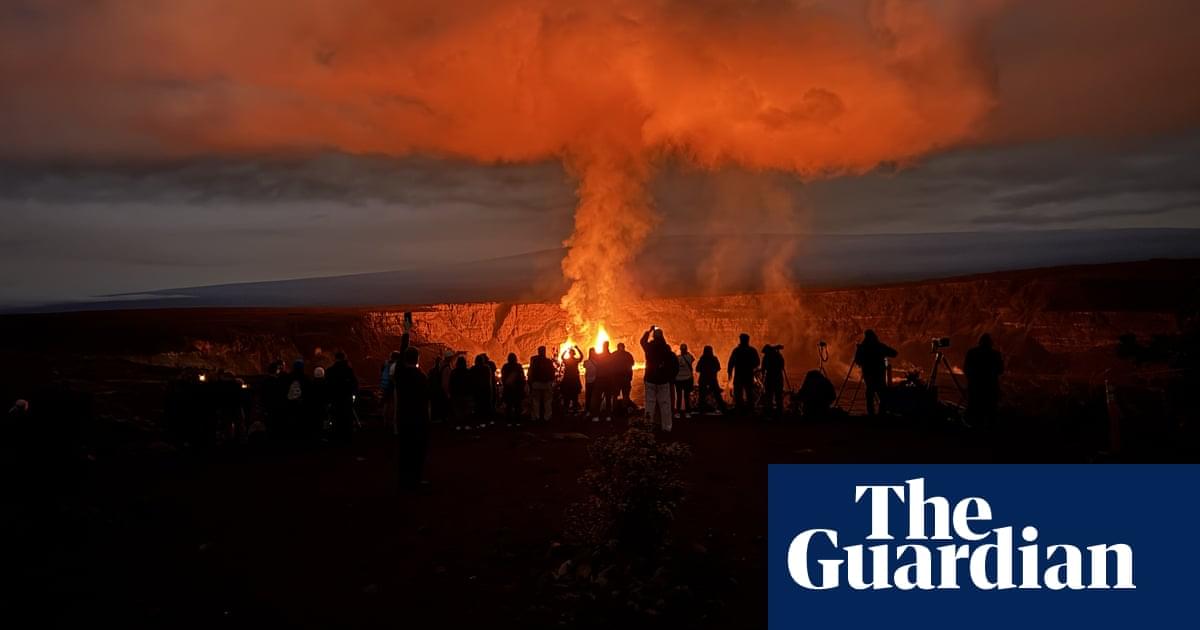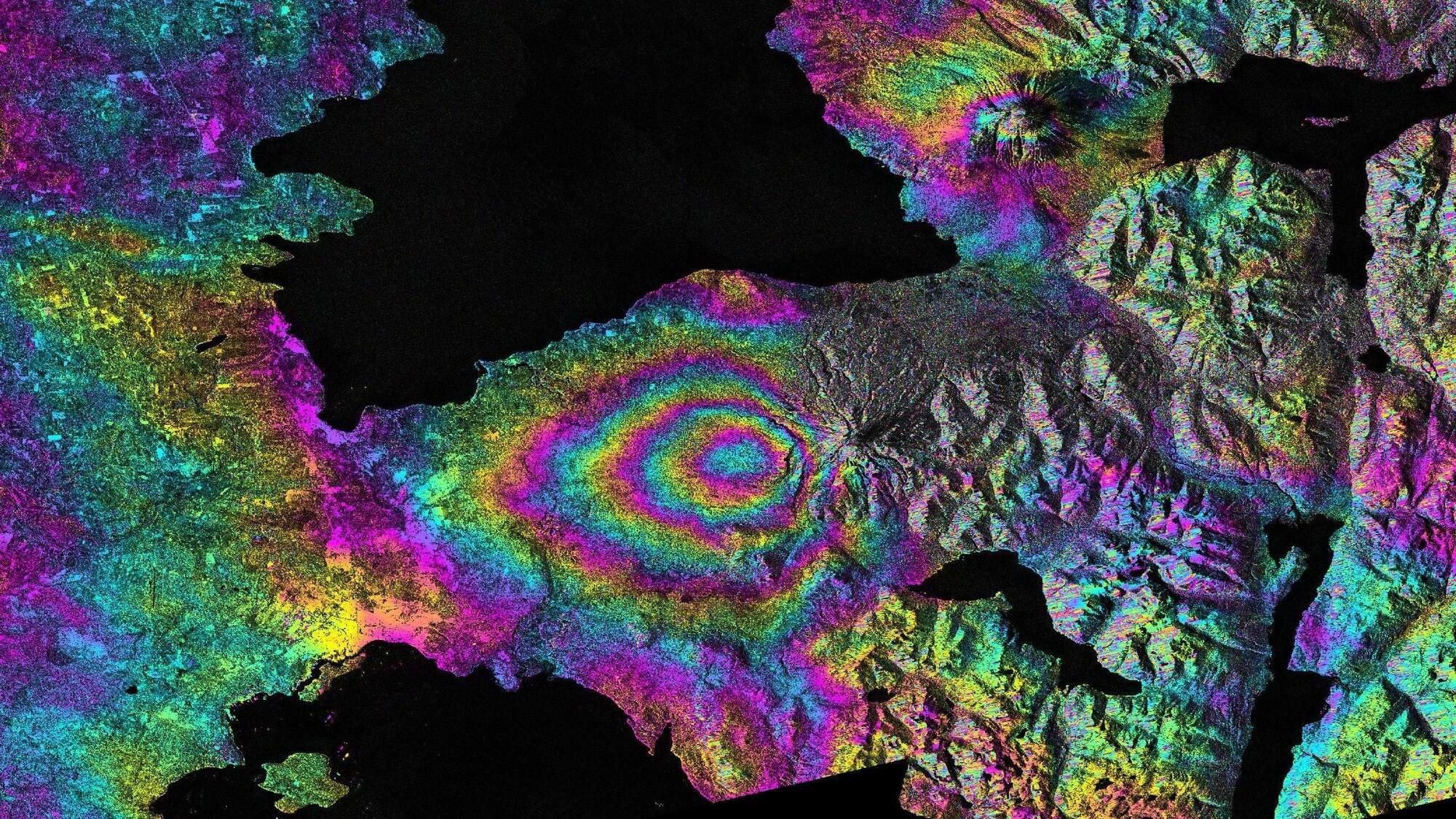Dr. Armour, in 1991, discovered that the heart has its “little brain” or “intrinsic cardiac nervous system.” This “heart brain” is composed of approximately 40,000 neurons that are alike neurons in the brain, meaning that the heart has its own nervous system. In addition, the heart communicates with the brain in many methods: neurologically, biochemically, biophysically, and energetically. The vagus nerve, which is 80% afferent, carries information from the heart and other internal organs to the brain. Signals from the “heart brain” redirect to the medulla, hypothalamus, thalamus, and amygdala and the cerebral cortex. Thus, the heart sends more signals to the brain than vice versa. Research has demonstrated that pain perception is modulated by neural pathways and methods targeting the heart such as vagus nerve stimulation and heart-rhythm coherence feedback techniques. The heart is not just a pump. It has its neural network or “little brain.” The methods targeting the heart modulate pain regions in the brain. These methods seem to modulate the key changes that occur in the brain regions and are involved in the cognitive and emotional factors of pain. Thus, the heart is probably a key moderator of pain.








